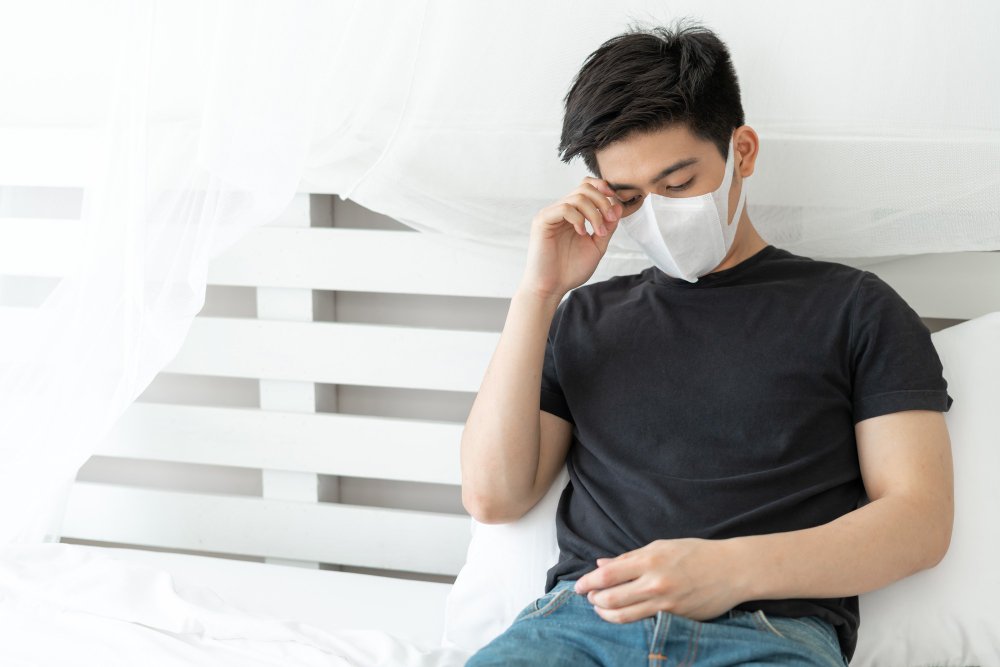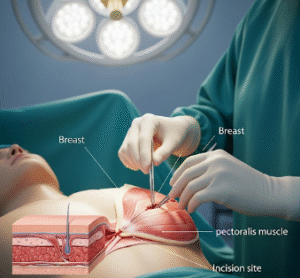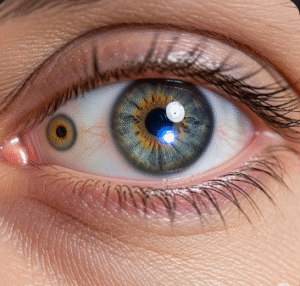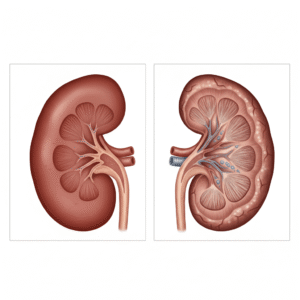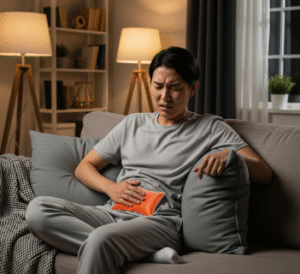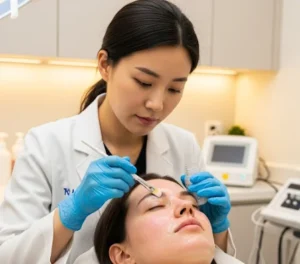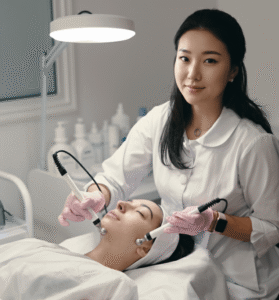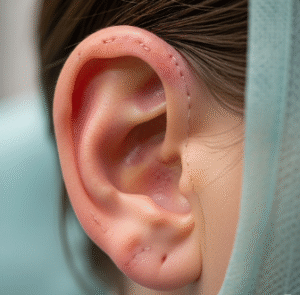Overview
Gonorrhoea is a sexually transmitted infection (STI) caused by the bacterium Neisseria gonorrhoeae. It primarily affects the genital tract, rectum, and throat. Although gonorrhoea cases in Korea are lower compared to many countries due to strong public health measures, it still remains a concern, especially among sexually active young adults. If left untreated, it can cause serious complications, including infertility and increased risk of HIV transmission.
Symptoms
Many people with gonorrhoea may not show symptoms, especially women. When present, symptoms may include:
- In men:
- Painful urination
- Pus-like discharge from the penis (yellow, white, or green)
- Pain or swelling in one testicle
- In women:
- Increased vaginal discharge
- Painful urination
- Vaginal bleeding between periods
- Pelvic or abdominal pain
- In both genders:
- Rectal pain, itching, or discharge (if rectum is affected)
- Sore throat (if throat is infected)
- Eye pain and discharge (in rare cases of eye infection)
Causes
Gonorrhoea is caused by the bacterium Neisseria gonorrhoeae, which spreads through:
- Unprotected vaginal, anal, or oral sex with an infected person
- Transmission from mother to child during childbirth
Risk Factors
- Having multiple sexual partners
- Unprotected sex
- Previous or current sexually transmitted infections
- Adolescents and young adults (ages 15–29 are most affected)
- Men who have sex with men (MSM)
Diagnosis
In Korea, diagnosis involves:
- Urine tests to detect bacterial DNA
- Swab tests from the cervix, urethra, throat, or rectum
- Nucleic acid amplification tests (NAATs) – highly accurate and widely used in Korean hospitals
Prevention
- Consistent use of condoms during sexual activity
- Regular STI screening for sexually active individuals
- Avoiding multiple sexual partners
- Prompt treatment of infected individuals and their partners
- Safe sexual practices and health education programs in Korea
Treatment Options in Korea
Korean healthcare facilities follow global treatment guidelines and use advanced testing to detect antibiotic-resistant strains. Treatments include:
- Antibiotic therapy: Typically a dual therapy with ceftriaxone injection plus oral azithromycin or doxycycline
- Partner treatment: Ensuring all sexual partners are treated to prevent reinfection
- Follow-up tests: To confirm that the infection has been fully cured
- Management of resistant strains: Specialized labs in Korea monitor for multidrug-resistant gonorrhoea and adjust therapy accordingly
Prognosis
With early and proper treatment, gonorrhoea can be cured completely. However, untreated infections may cause infertility, pelvic inflammatory disease (PID), chronic pelvic pain, or systemic spread. In Korea, access to modern diagnostics and effective antibiotics ensures excellent recovery rates, though antibiotic resistance remains an emerging challenge that requires continuous surveillance.

